
What Is Hazard Insurance and 5 Reliable Companies to Buy It
Understanding what is hazard insurance for home is essential for homeowners who want to protect their property from potential risks. Perils are an essential part of homeownership, as they cover the costs of any loss arising from a particular peril. It is a buffer, insuring you that if your home is destroyed by covered catastrophes like fires, storms, or burglaries, it will be repaired or replaced. When getting a mortgage, American homeowners must take out hazard plan so that the home is covered in the event of an unplanned disaster.
Contents
Key Features of Hazard Insurance
Many new homeowners often ask, “What is hazard insurance for home and how does it differ from other types of coverage?” Hazard plan covers the material part of your house against certain risks so that any injuries caused by covered events can be quickly compensated for. These dangers – sometimes referred to as “named perils” – generally involve fires, windstorms, hail, lightning, theft, and vandalism.
Some policies even offer cover for falling objects or vehicular injury. Although it typically covers the home’s buildings, hazard plan might cover outbuildings such as garages or decks as well, providing comprehensive protection. If you’re buying a home with a mortgage, your lender will likely explain what is home hazard insurance and why it’s required.
- What is hazard insurance and how does it differ from supplemental policies like flood insurance?
You should know the difference between hazard insurance and extra coverage. Hazard coverage, for instance, provides protection against common dangers, but it doesn’t cover flooding, earthquakes, or wear and tear. In exchange for these exclusions, homeowners may want to buy individual policies or riders. Learning these restrictions is the key to ensuring your home is adequately protected from all hazards.
To answer the question, “What is hazard insurance?” It is the portion of your homeowners insurance that covers physical damage to your home.
Liability Hazards that are Not Often Affected By Hazard Coverage:
To answer “What is hazard insurance?” it’s the component that ensures your property is covered against specific hazards.
- Fire or lightning damage
- Windstorms or hail
- Explosions
- Vandalism or theft
- Falling objects
- Damage from vehicles or aircraft
- Civil commotion or riots
By understanding what is and isn’t covered by your hazard insurance policy, you can avoid surprise out-of-pocket costs. By taking a good look at your policy and speaking to your insurer, you can prepare for anything that may be out of the ordinary that may damage your home.
Knowing what is home hazard insurance ensures you understand how your home is protected against perils like fires and storms.
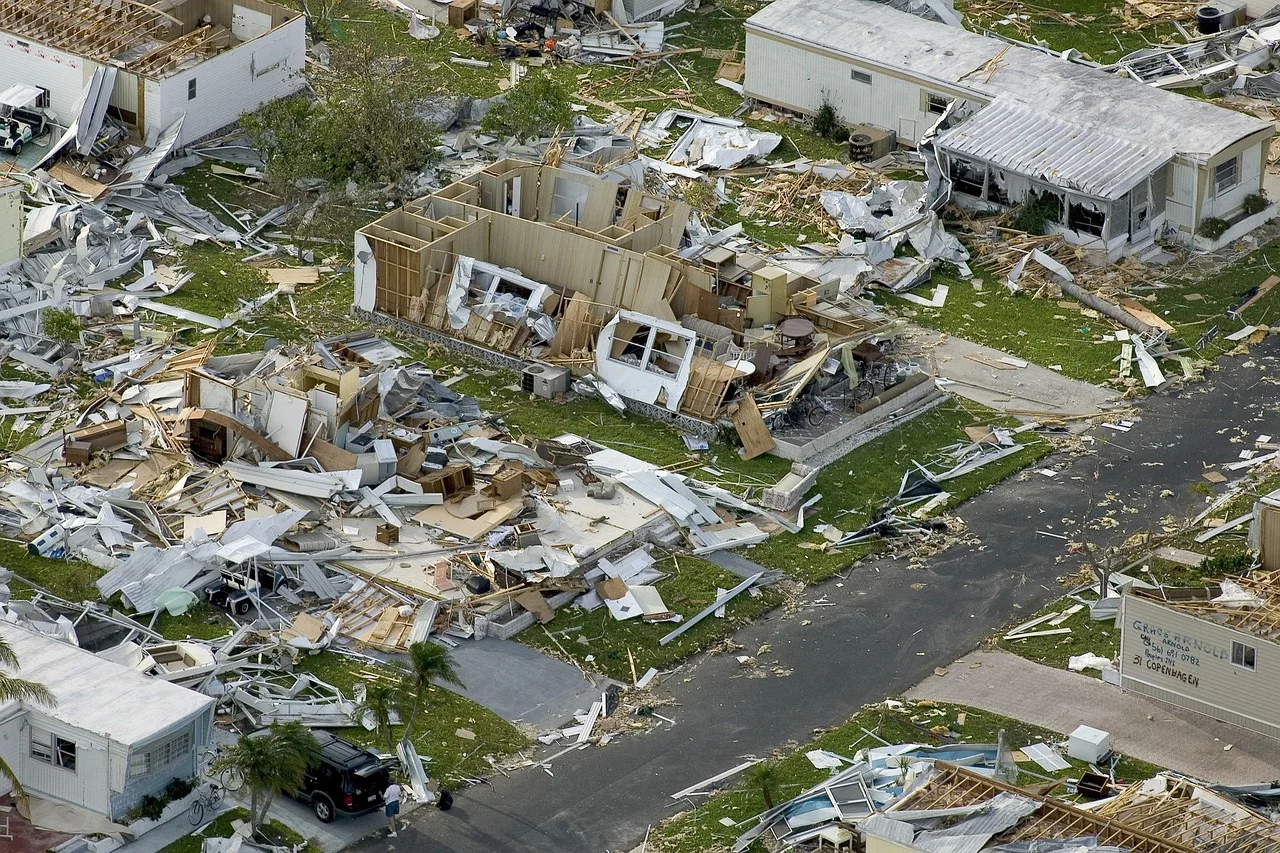
Who Needs Hazard Insurance?
Learning what is hazard insurance can help you choose the right policy for your home and budget. Homeowners, especially those with a mortgage, should have hazard insurance. Lenders demand this type of insurance as collateral to ensure their financial investment in the property. Lenders offset losses if the home is completely or damaged by ordinary damage such as fire or wind damage, and ensure the property is adequately insured against those dangers. This makes hazard protection a foregone conclusion for most homebuyers in the United States.
Many people only start to research what is hazard insurance when their mortgage lender brings it up.
Hazard coverage is especially useful for homeowners who live in places where natural catastrophes are likely to happen. Whether it’s hurricanes on the Gulf Coast, tornadoes in the Midwest, or wildfires in the West, hazard plan provides the financial cushion you need to bounce back. Even those in less disaster-prone areas should take into account this coverage, as theft or fires can happen anywhere. Understanding what is hazard insurance is a critical step in selecting the right coverage for your home.
Defining Conditions In Which Hazard Insurance Is Important:
- Mortgage-financed home buying.
- Living in a climate that is notorious for hurricanes, tornadoes, or wildfires.
- Traveling or renting a second home in dangerous areas.
- Guarding an older or historic home that has significant sentimental value.
If you’re still wondering, “What is hazard insurance?” think of it as coverage that protects your home’s structure.
For owners who own their property directly, hazard policy remains an excellent option. If you don’t have a lender requiring coverage, it’s tempting to just skip over this protection because doing so exposes the homeowner to costly losses. Building a new house following a disaster may run you hundreds of thousands of dollars, and hazard plan is a must-have protection for any homeowner.
Read more: 15 Worst Life Insurance Companies: Red Flags To Look Out For
Cost of Hazard Coverage
What is hazard insurance and how can it save you from significant financial loss in a disaster?
Hazard insurance prices differ greatly depending on many variables, such as the property’s value, its location, and what coverage is purchased. You pay more for houses that sit in areas where you might experience natural disasters like hurricanes or fires. Average US homeowners pay between $300 and $1,000 a year for hazard coverage, although premiums are much higher in high-risk areas. Other extras, such as deductibles and policy limits, affect the final price as well.
For new buyers, “What is hazard insurance for home?” is a critical question to ask during the home-buying process.
Many insurers provide hazard plans as a component of their homeowners insurance policies. Several providers such as State Farm, Allstate, Nationwide, Geico, and Progressive provide customizable coverage. These companies will sometimes even permit bundled coverage with other policies like car or life insurance to minimize costs. You should check multiple companies’ quotes to ensure you have the most affordable and comprehensive option.

Hazard Insurance Price Comparison by Provider
5 Reliable Companies for Hazard Policy
With the right hazard protection company, your coverage is as much as you want it to be. These companies are all reliable, full coverage, and cheap, making them a great option for homeowners looking for a good hazard insurance. Both provide distinct benefits and functions based on individual requirements, ranging from plans with the option to customize them, to substantial bundle discounts.
| Policy Provider | Average Annual Premium | Key Features | Website |
| State Farm | $850 | Customizable policies, wide coverage options | Visit State Farm |
| Allstate | $900 | Discounts for bundling, strong customer support | Visit Allstate |
| Nationwide | $875 | Offers extended replacement cost coverage | Visit Nationwide |
| Geico | $750 | Affordable premiums, easy online quoting | Visit Geico |
| Progressive | $800 | Comprehensive discounts, flexible payment plans | Visit Progressive |
Mortgage lenders often require it, but homeowners still ask, “What is hazard insurance and why do I need it?” These links take you to each provider’s homepage, where you can browse hazard policies, get quotes, and read policy information.
Choose a reliable company and check coverage details regularly to make sure the policy you are considering fits your needs.
Hazard Plan vs. Homeowners Plan
What is hazard insurance for home and why is it often misunderstood as homeowners insurance?
Hazard policy is sometimes mistaken for homeowners insurance, however they are different. Hazard plan is a variation of homeowners coverage that insures your home’s structure against damage resulting from certain perils. The homeowners policy, on the other hand, offers greater coverage — liability and personal property.
Hazard Policy:
If you’re unsure what is hazard insurance, your agent can clarify its role in protecting your property. This type of protection is intended to insure your home’s physical components, such as the walls, roof, and foundation, against losses caused by certain circumstances, such as fire, storm, hail, or theft. Home loan lenders generally purchase hazard plan to ensure their investment in the property is not at risk should anything happen.
Homeowners Policy:
- Homeowners plan includes hazard coverage, but extends it to include coverage for:
- Personal Property: Secures furniture, electronics, clothing, and other personal property at home.
- Liability: Protects against lawsuits if someone gets hurt on your property.
- Additional Living Allowance: Covers temporary housing costs when your house becomes uninhabitable due to a covered occurrence.
Exploring what is hazard insurance will help you understand what perils are covered under your policy.
Key Differences Between Hazard & Homeowners Plan
| Aspect | Hazard Protection | Homeowners Coverage |
| Coverage Scope | Protects the structure from specific hazards | Covers structure, personal belongings, and liability |
| Mandatory for Mortgage? | Yes | Yes |
| Includes Liability? | No | Yes |
| Protects Personal Items? | No | Yes |
Agents frequently hear the question “What is hazard insurance?” from new clients. It is important to know the difference between hazard and homeowners plans before choosing the right policy. Whereas hazard policy covers particular dangers to your home, homeowners coverage is the ultimate protection that all homeowners need.
Read more: How to Save Money for a House in 2025: Smart Ways
How to Avoid paying high rates for hazard protection
The question “What is hazard insurance?” often comes up when reviewing homeowners policies. To reduce the price of hazard insurance does not mean you’re sacrificing coverage. By acting prudently and using the resources available, homeowners can significantly reduce premiums while still receiving protection. Here are some practical strategies:
- Improve Your Home’s Safety Features
Adding extra safety to your house reduces your rates. Installing fire alarms, smoke detectors and burglar alarms will make your home less likely to be damaged or stolen, which will lower your premium. Even adding impact-resistant roofs, storm shutters or updating electrical and plumbing can get you a discount, especially in the area where natural hazards tend to occur.
- Opt for a Higher Deductible
Increasing your deductible is another way to cut costs on hazard insurance. The deductible is the amount you are willing to cover for yourself before your coverage kicks in. By raising this value, you decrease the insurer’s risk, reducing premiums. But make sure you can pay the deductible in an emergency.
- Take Advantage of Bundling Discounts
Many companies give discounts if you combine hazard plan with other policies, including auto or life insurance. Bundling not only helps you make managing your coverage simple, it also saves you money so that your entire plan package can be less expensive.
Additional Money-Saving Strategies
- Compare Quotes: Get quotes from multiple insurers and shop around. Go beyond the cost and think about coverage, customer support, and reviews.
- Keep Small Claims Low: Regular claims will cost you more. Paid for minor repairs to maintain a clean claim record.
- Replace Your Home’s Replacement Value: You need to review your coverage on a regular basis to make sure you’re not over-insuring your home and paying too much.
- Ask for Discounts: Some insurers provide discounts to loyal customers or claim free customers, or even members of certain groups.
Finding a way to save money on hazard insurance isn’t easy and requires constant monitoring of your policy. With these tricks, you can have a comprehensive policy for a much lower price that will keep you protected without paying too much.

Common Misconceptions
Many homeowners misunderstand what is hazard insurance, assuming it covers all possible damages. Educating homeowners on these common misunderstandings can allow them to make more informed decisions, saving them from costly mistakes.
- Hazard Insurance Is The Same As Homeowners Protection
Perhaps the most common myth about hazard policy is that it is the same thing as homeowners protection. In fact, hazard plan is part of an ordinary homeowners policy. Although hazard insurance insures your home against certain kinds of hazards, such as fire or windstorms, homeowners policy covers liability, personal belongings, and additional living costs. You need to understand the difference if you want the full package of protection you want.
- Hazard Protection Insures All Kinds of Damage
Most homeowners mistakenly assume that hazard policy insures all risks to their property. But it almost always excludes floods, earthquakes, and wear and tear. To take care of such risks you need more policies or riders. For example, homeowners who live in areas with flooding need to purchase flood insurance separately to ensure that they are adequately protected.
Explaining what is hazard insurance on a mortgage to first-time buyers helps them navigate their options.
- Only Mortgaged Homeowners Should Have Hazard Insurance
Another misconception is that hazard plan only applies if you have a mortgage. Lenders require hazard insurance in order to secure their investment, but homeowners who don’t own a mortgage should also carry it. Without it, you’ll be on the hook for substantial damages if a covered incident strikes your home.
Myths You Should Be On The Lookout For:
- Personal property is automatically covered by the hazards policy.
- The lowest cost policy always covers everything.
- Hazard coverage excludes damages at all costs.
- Once you buy it, coverage doesn’t have to be checked or updated.
In dispelling these myths, homeowners will be able to better grasp the reach and limitations of hazard policy. Continually auditing your policy and speaking to an insurance specialist will help keep you covered in the event of an unexpected incident and avoid being left standing on a claim.
Conclusion
Hazard protection is one part of safeguarding your home and your life. It ensures that you’re ready for things to go wrong which could otherwise leave you in a huge hole. You can choose your coverage based on knowing what hazard insurance will do, what it costs and how to save money. For homeowners, such policy is not merely a necessity, but a valuable investment in protection.
Discover more from Money-Saving Tips & Personal Budgeting
Subscribe to get the latest posts sent to your email.
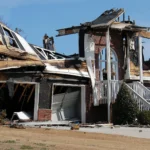






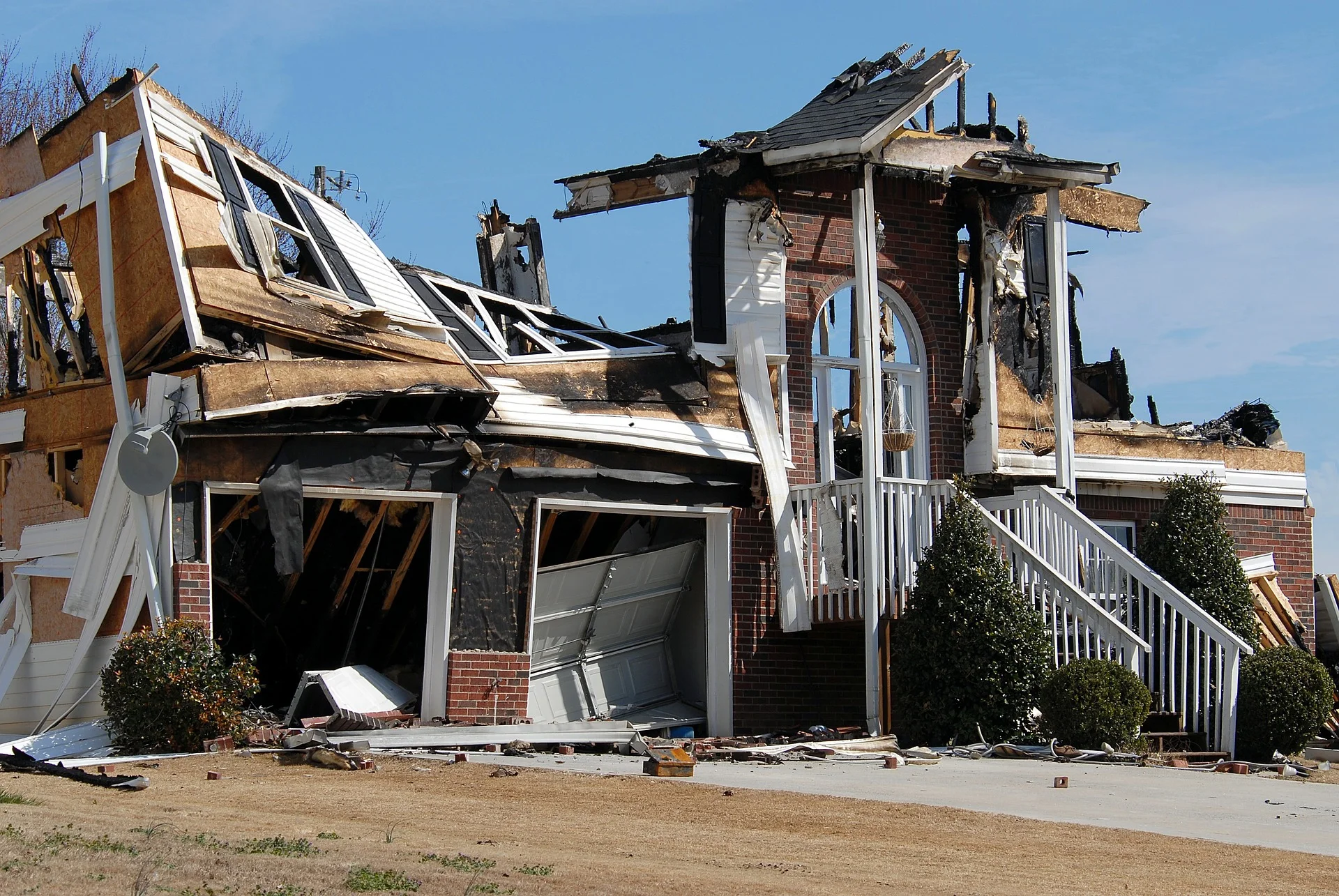




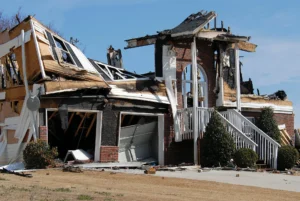







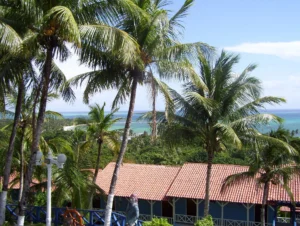
Post Comment